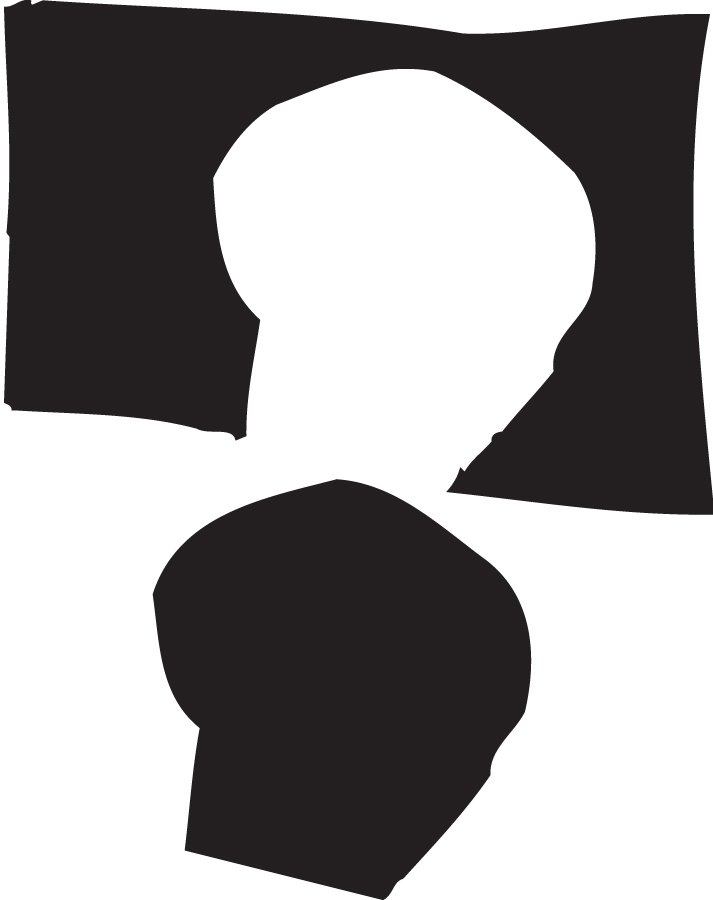
The residency is established to provide artists of different disciplines with professional tools and support to advance their artistic practices in an extraordinary natural setting.
We believe that artists can draw great benefits from immersion in a pristine natural environment—away from the distraction, the pollution and the noise of today’s urban scene—where they also have access to material resources of professional quality and educational support to implement and extend their practice.
Our studio is fully equipped for intaglio printmakers, but all artists are welcome to spend time here and expand on their work, be it if they are writers painters, sculptors,or photographers.
The old village oil-mill has recently been converted into a multifunctional facility that—with the addition of a Heidelberg Windmill machine, a large cylinder press and a variety of papers and vintage metal and wood type — is the new letterpress workshop where the irregularly published artist’s magazine MAH! is printed, typically as a collaboration between Two Cents Press and the artists who retain half the copies produced, at no cost.
Below is the list of classes offered, their description and their cost per student.
ETCHING/HARD GROUND/SOFT GROUND
Etching is the best known of all intaglio techniques. In this class you will learn the basics of the process: preparing a copper plate, laying the ground, drawing on it, etching the plate with a mordant, inking it and printing it on quality paper. Dry point will also be covered.
Two 3-hour sessions, €170.
AQUATINT/WHITE GROUND ETCHING
Aquatints result in an impression that features different tonal areas. As opposed to etching—which reproduces a drawing by way of lines—an aquatint, which was invented to simulate watercolor drawings, reproduces shapes and tonal passages with delicate washes and velvety blacks. More so with the use of white or soap ground. This class will cover: preparing the plate, graining it (covering it with rosin powder using the rosin box and melting the grain), defining the image with hard ground, biting the plate, reworking the plate to satisfaction, printing it on quality paper. Spit bite will also be covered.
Two 3-hour sessions, €170.
ENGRAVING
Engraving is the oldest of all intaglio printmaking techniques. The image is carved on the plate by using a very sharp steel rod called a burin. The central feature of an engraving technique is the line. It can be delicate or strong; it can convey mood and character; it can be remarkably straight or dizzyingly curvy. In this class we will cover: preparing the plate, preparing the tools and keeping them sharp, laying out the image, engraving the plate, removing burrs and scratches, inking and printing the plate on quality paper.
Two 2-hour sessions, €140.
MEZZOTINT
Mezzotint is an intaglio technique that is particularly suited to reproduce tonal gradations. Also called the “dark manner” (maniera nera), a mezzotint requires one to create an image by drawing the lights rather than the shadows. In fact, the final image is attained by scraping and burnishing a copper plate covered with pits and burrs that otherwise, if printed with no extra work, would result in a completely deep black image, albeit exhilarating, because the rich velvety black of a mezzotint is not achieved by any other printmaking technique. The class will cover: preparing the plate for rocking, rocking the plate, transferring the image over the rocked plate, scraping and burnishing, proofing, adjusting and correcting, printing on quality paper.
Two 3-hour sessions, €170.
PHOTOGRAVURE
Photogravure is a technique to etch a photographic image with all gradations between black and white into a copper plate. In the final printed image—unlike in a halftone process—the differences in density are produced by the variations in the thickness of the ink. That is the reason why Photogravure has been labeled a continuous tone process. In the words of Johan De Zoete, “As a photomechanical means of reproduction, photogravure is unquestionably the most beautiful there ever has been, not only in terms of the correct rendering of tones and photographic detail, but also in terms of quality. The deep velvety blacks, firm tones of grey, and finest nuances in the highlight give an appearance of richness that is quite unmatched by any other method.” Photogravure can also be combined with other more conventional methods like etching or engraving. The class will cover the following: darkroom work (the diapositive), sensitizing the gelatin (we will be using some very rare discontinued Autotype 35 gelatin), preparing the copper plate, exposing the gelatin, transferring the gelatin on the plate, developing the exposed gelatin, graining the plate and melting the rosin, setting up the plate ready for etching, etching the plate in several baths, cleaning, inking and printing on quality paper.
Three 4-hour sessions, €300.
CHEMIGRAM
The chemigrams is an uncanny photographic image obtained without camera, negative, enlarger or darkroom work. In fact, the whole process can take place in the open. A chemigram, with its whimsical attention-grabbing curlicues, is produced by manipulating photographic paper (or film) with basic B&W chemicals (developer and fixer) and some “resist”, like varnish, paint or glue…
One 3-hour session, €85.
CYANOTYPE
Cyanotype is a so-called ”alternative” photographic process that reproduces a positive or a negative image or—very often—a found object, by exposing it under a UV light (a vacuum frame or the sun) over a sensitized paper. After the paper is exposed and developed in tap water, the process results in a unique direct print with its unmistakable “Prussian” blue color.
One 3-hour session, €85.
PHOTOPOLYMER PRINTING
Photopolymer printing is a relatively new approach to printing an image (a transparency or a drawing) as an intaglio using a pre-sensitized polymer plate. The process does not require grounds, acids or solvents. All it needs is that the image/photopolymer be exposed in the sun—weather permitting—or in a darkroom vacuum frame. The plate is then processed/developed with ordinary tap water, and then inked and printed as an intaglio on quality paper in an etching press.
One 3-hour session, €85.








